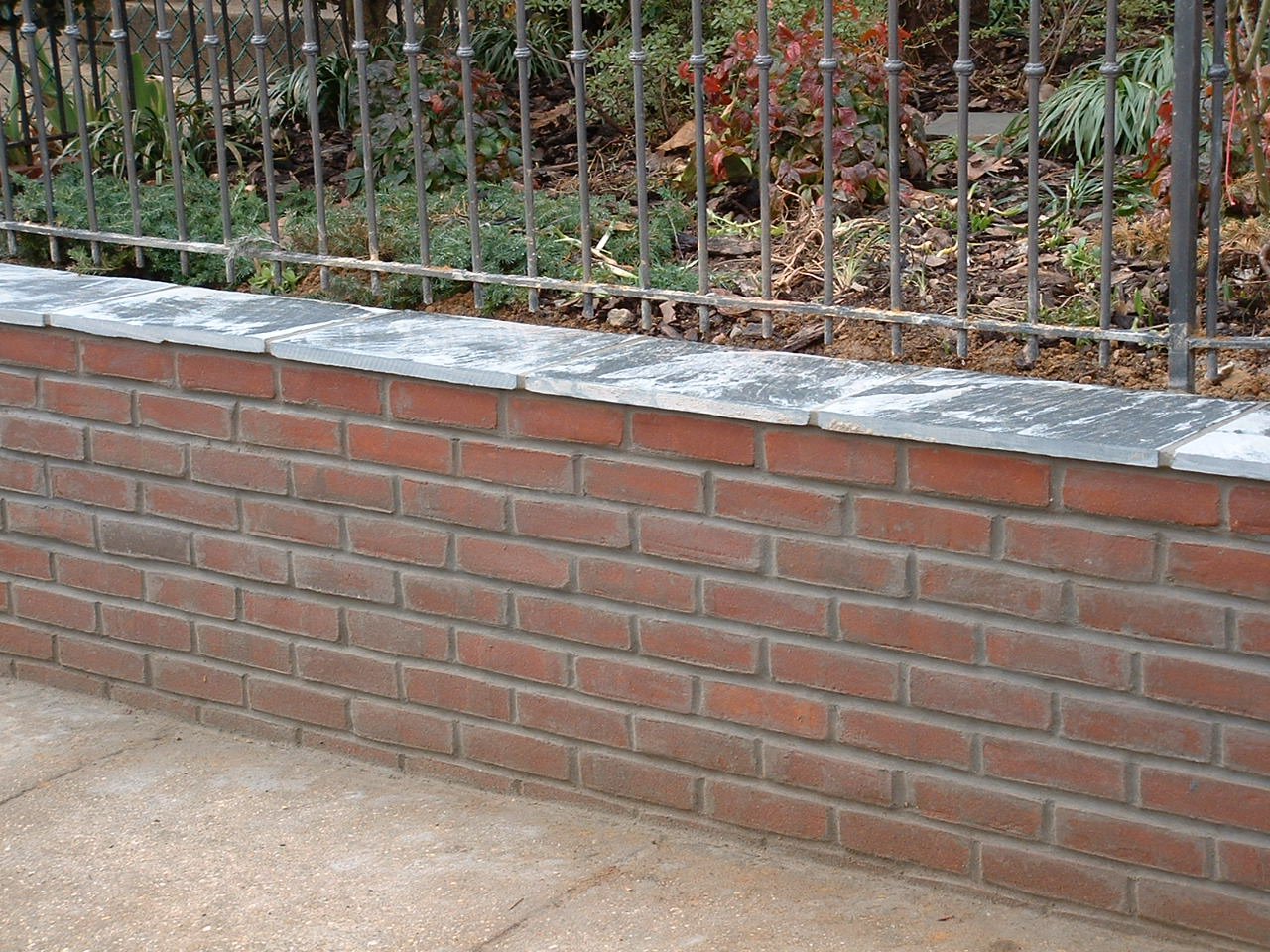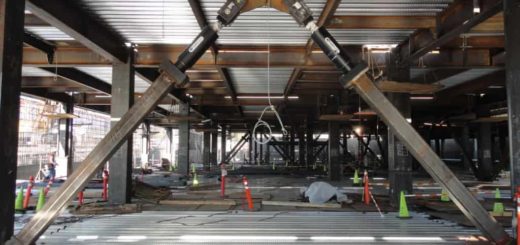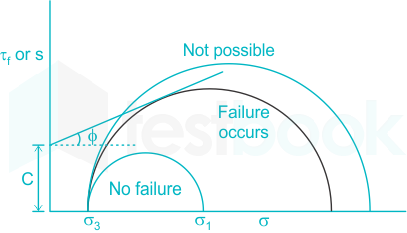Brick Retaining Walls: Sustainable Construction
Brick retaining walls are a versatile and aesthetically pleasing solution for various landscaping needs. Whether you want to create terraces, prevent soil erosion, or enhance the overall look of your outdoor space, brick retaining walls offer a durable and visually appealing option. In this article, we will explore the benefits of brick retaining walls, guide you through the planning and construction process, and provide inspiration for creative designs.
Brick retaining walls serve both functional and decorative purposes in landscaping projects. They are designed to hold back soil, preventing erosion and creating level areas on sloped terrains. Additionally, these walls can transform the appearance of outdoor spaces, adding charm and character to gardens, patios, and walkways.
What Are Brick Retaining Walls
Brick retaining walls are structures built with bricks and mortar to provide support and stability to soil or other materials. They are commonly used in gardens, yards, and commercial properties to retain soil and create leveled areas for various purposes. The versatility of brick allows for a wide range of design possibilities, making them a popular choice for both residential and commercial landscaping projects.
Advantages of Brick Retaining Walls
- Durability and Strength
One of the primary advantages of brick retaining walls is their exceptional durability and strength. Bricks are known for their ability to withstand the test of time, making them a reliable option for long-lasting structures. When properly constructed, brick retaining walls can withstand the pressure exerted by soil, ensuring stability and preventing collapse.
- Aesthetically Pleasing
In addition to their durability, brick retaining walls offer an aesthetic appeal that enhances the overall look of outdoor spaces. The warm and natural colors of bricks create a timeless and elegant charm that complements various architectural styles. Whether you prefer a traditional or contemporary design, brick retaining walls can add a touch of sophistication to your landscape.
- Versatility in Design
Bricks provide unparalleled versatility in terms of design options. With bricks, you can create straight or curved walls, terraces, and intricate patterns. The ability to mix and match different brick types, colors, and sizes allows for customization to suit your specific preferences and the surrounding environment.
Types of Bricks for Retaining Walls
When selecting bricks for your retaining wall project, consider the following options:
- Clay Bricks
Clay bricks offer a classic and timeless appeal. They are durable, resistant to fading, and available in various colors. Clay bricks are one of the old construction materials used from the history to date. Older days, brick retaining walls were built even for very large structures.
- Concrete Bricks
Concrete bricks are a popular choice for retaining walls due to their strength and affordability. They are available in different textures, shapes, and colors, providing flexibility in design. Concrete bricks are also resistant to weathering and require minimal maintenance.
- Natural Stone Bricks
Natural stone bricks offer a more rustic and organic look to your retaining walls. They provide a natural beauty and blend seamlessly with the surrounding landscape. Natural stone bricks are available in various types, such as limestone, granite, and sandstone, each with its unique characteristics and colors.
Planning and Designing a Brick Retaining Wall
To ensure a successful brick retaining wall project, proper planning and designing are essential. Here are some key considerations:
- Assessing the Site
Before starting the construction, evaluate the site where the retaining wall will be installed. Take note of the soil type, water drainage patterns, and any potential obstructions. This assessment will help you determine the appropriate wall height and placement.
- Determining the Wall Height and Length
Consider the purpose of your retaining wall and calculate the required height and length. If you’re using the wall for terracing or leveling a slope, measure the height difference between each level and plan accordingly. Keep in mind the structural integrity of the wall and ensure it can withstand the pressure of the soil it will retain.
- Considering Drainage Needs
It is required to have proper drainage arrangement for the retaining walls to make sure its stability and durability. Incorporate drainage features such as weep holes, gravel backfill, and geotextile fabrics to prevent water buildup and potential damage. Adequate drainage will help maintain the stability of the wall and avoid soil erosion.
Construction of Brick Retaining Walls
Construction is very important factor when consider the strength, appearance and durability. Follow these steps could be followed during the construction.
- Preparing the Foundation
Create a solid foundation for your brick retaining walls by excavating the area and leveling the ground. Compact the soil and add a layer of crushed stone or gravel to enhance stability. Ensure the foundation is level and firm before proceeding.
- Building the Wall
Begin laying the bricks on the prepared foundation, starting at one end and working your way to the other. Use mortar to secure the bricks, ensuring proper alignment and levelness. Use a mason’s level and string lines as guides to maintain accuracy throughout the construction process.
- Mortar and Joint Techniques
Choose the appropriate mortar and joint technique based on your desired aesthetics and wall strength. Different mortar colors and joint styles can add character and visual interest to your retaining wall. Consider options such as flush joints, recessed joints, or even using colored mortar to create unique patterns.
Brick retaining walls offer both functionality and aesthetic appeal to outdoor spaces. Their durability, versatility in design, and ability to withstand soil pressure make them a popular choice for landscaping projects. By carefully planning, constructing, and maintaining your brick retaining wall, you can create a visually stunning and structurally sound addition to your landscape.
Incorporate landscaping elements, such as plants and lighting, to enhance the overall beauty and functionality of the wall. Consider popular design ideas like curved walls, terraces, built-in seating, and integrated steps to add character and maximize the potential of your brick retaining wall.
With proper care and attention, your brick retaining wall will not only serve its practical purpose but also become a captivating feature that enhances the overall charm of your outdoor space.
FAQs
Are brick retaining walls suitable for all types of soil?
Yes, brick retaining walls can be built on various soil types. However, it’s important to assess the soil conditions and consider proper drainage to ensure the stability of the wall.
How long do brick retaining walls last?
With proper construction and maintenance, brick retaining walls can last for several decades. The durability of bricks makes
Can I build a brick retaining wall on my own, or should I hire a professional?
It depend. Building a small, simple retaining wall can be a DIY project for some homeowners. However, for larger or more intricate walls, it’s recommended to consult a professional to ensure proper construction and structural integrity.
Can I paint or stain my brick retaining wall?
Yes, it’s possible to paint or stain a brick retaining wall to achieve a specific look. However, it’s important to choose appropriate
Can I add additional features to my brick retaining wall in the future, such as a built-in fire pit or seating?
Yes, brick retaining walls can serve as a versatile foundation for adding additional features. Depending on the structural integrity of the wall and your specific plans, it is possible to incorporate built-in fire pits, seating areas, or other elements. However, it’s important to consult a professional to ensure proper design, construction, and adherence to safety guidelines.




